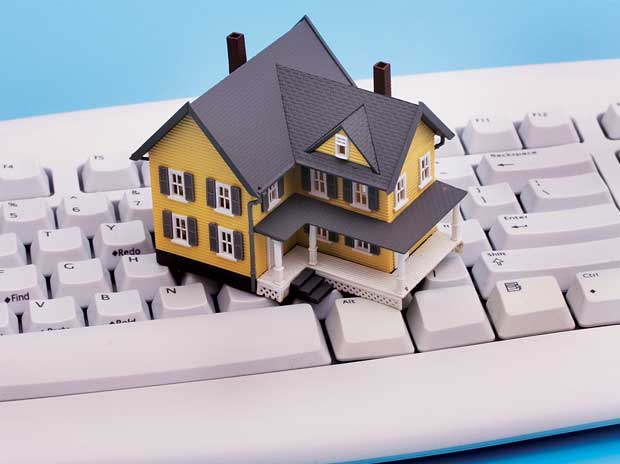As we step further into the digital age, the concept of a ‘smart home’ is rapidly becoming a reality for many. Smart home technology has seen a dramatic advancement over the years. From voice-activated assistants that control lights and temperature to automated security systems, and appliances that can be managed remotely, technology has revolutionized the way we live and interact with our homes. This leap in home technology promises not only convenience but also improved energy efficiency and security, transforming everyday living into an experience that’s more comfortable, economical, and safe.
In this article, we’ll explore the various aspects of smart home technology, including the benefits it offers, the different types available, and some simple tips for getting started.
What is Smart Home Technology?
Smart home technology, sometimes referred to as home automation, is a collection of automated devices and systems designed to automate tasks around the home. It can range from something as simple as voice-activated light switches to more complex systems such as smart thermostats that adjust the temperature according to user preferences or security systems that monitor activity in and around your home.
The idea behind home automation is to make life easier and more efficient. Automation can be used to control functions such as lighting, temperature, security systems, appliances, and even entertainment systems from anywhere in the world. By using a smartphone or a computer with an internet connection, you can monitor and adjust your home’s systems without having to physically be present.
Benefits of Smart Home Technology
Smart home technology offers many benefits for users, including improved convenience and energy efficiency. With automated systems, you can control your home’s temperature, lighting, and security from wherever you are – whether it’s across town or halfway around the world. This means no more wasted energy on heating or cooling an empty house because you forget to turn off the lights. Automated systems also increase safety and security by allowing you to monitor your home from afar, reducing the risk of break-ins or theft.
Furthermore, many smart home products offer additional features such as energy monitoring and automated reminders that help make life easier. For example, some appliances can be set up to remind you when it’s time to replace a filter or when energy consumption has become too high.
Types of Smart Home Technology
There are many different types of smart home technology available, including door and window sensors, security cameras, thermostats, light switches and dimmers, and smart locks. Each type offers its own set of features and benefits that can help you create a smarter home.
For example, door and window sensors help you monitor activity in and around your home, while security cameras let you keep an eye on what’s happening from a distance. Door smart locks can be programmed to open with a voice command or via an app on your phone, allowing you to remotely lock and unlock doors without having to physically be present. Thermostats are great for controlling temperature, and light switches and dimmers make it easy to adjust the lighting in any room.
Getting Started with Smart Home Technology
Getting started with smart home technology is easier than you might think. Many products require little setup or technical expertise, making them perfect for those new to home automation. Before buying any devices, however, it’s important to consider your needs and research the various products available.
If you’re looking for a simple way to start automating tasks around your home, voice-activated assistants such as Amazon Alexa or Google Home can be an excellent choice. These devices are relatively inexpensive, easy to set up and offer a wide range of features that make controlling lights, temperature, and security systems effortless.
Another way to get started is by investing in a smart home hub such as Samsung SmartThings or Apple HomeKit. These hubs act as the central control for your home automation system and can be connected to compatible devices, allowing you to automate tasks from one centralized location.
Smart home technology offers immense convenience and improved energy efficiency. With the right products, you can transform your home into a tech-savvy living space that will make everyday tasks easier and more enjoyable. From voice-activated assistants to automated security systems, there are many different ways to create a smarter home using smart home technology.
Whether you’re just getting started or already have experience with home automation, it’s important to consider your needs and research the various products available. With a little bit of effort, you can create a home environment that is more efficient, comfortable, and secure.
Author Bio:
Alison Lurie is a farmer of words in the field of creativity. She is an experienced independent content writer with a demonstrated history of working in the writing and editing industry. She is a multi-niche content chef who loves cooking new things.

